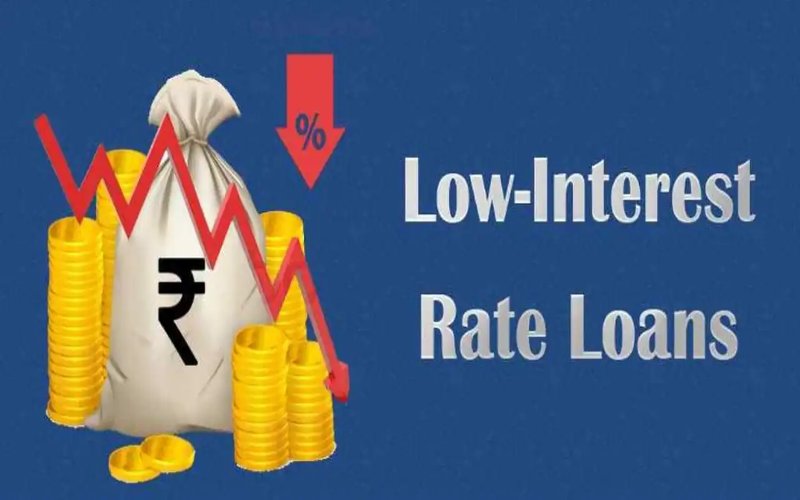In stock markets, Initial Public Offerings (IPOs) represent key moments for companies and investors alike. An often discussed yet somewhat confused aspect in this domain is the Grey Market Premium (GMP), a term that frequently buzzes in investor circles during IPO launches.
This post will discuss IPO GMP at length, offering an insightful understanding of what it means, how it operates, and its significance for prospective investors.
Understanding IPO Grey Market Premium (GMP)
IPO GMP is a term commonly used in the stock market to describe the premium at which a new IPO’s shares are traded unofficially before they are officially listed on the stock exchange.
It indicates market sentiment and demand for the company’s shares. The grey market operates informally, with transactions occurring outside the official stock exchanges.
The grey market is unregulated, meaning that the trades and prices are not monitored or controlled by any regulatory authority. Investors and traders often rely on word-of-mouth information and informal networks to participate in the grey market. However, exercise caution and conduct thorough research before engaging in grey market transactions.
The Mechanics of IPO GMP Determining GMP
Factors such as investor sentiment, market conditions, and the fundamentals of the IPO company play a significant role in determining the GMP of a new IPO.
- Investor sentiment refers to investors’ overall perception and confidence in the IPO and its potential for growth. Positive sentiment can drive up the GMP, whereas negative sentiment can result in a lower GMP.
- Market conditions, including the overall economic climate and trends in the stock market, also influence the GMP. If the market is bullish and there is high demand for new IPOs, the GMP will likely be higher. Conversely, during bearish market conditions, the GMP may be lower.
- Additionally, the fundamentals of the IPO company, such as its financial performance, growth prospects, and industry outlook, can impact the GMP. A strong and promising company with solid fundamentals will attract higher GMP.
To illustrate the calculation of GMP and its impact on the potential market price, let’s consider an example. Suppose a new IPO is issued for Rs. 100 per share. In the grey market, if the GMP is 20, it means the unofficial trading price of the shares is Rs. 120.
This indicates that there is a 20% premium over the IPO price. When the IPO is officially listed on the stock exchange, the GMP may influence the market price. If the demand for the IPO is high and the GMP remains strong, the market price of the shares may open at a higher level than the IPO price.
Conversely, if the GMP weakens or investor sentiment changes, the market price may open lower than the IPO price. Investors must carefully analyse the factors influencing GMP and consider the associated risks before making investment decisions in the grey market for new IPOs.
The Significance of GMP for Investors Indicator of Market Sentiment
The GMP of a new IPO can indicate market sentiment towards the offering. Investors often look to the GMP to gauge the IPO’s perceived value and potential success in the market.
The high GMP can be interpreted as a positive sentiment, indicating strong demand and anticipation for the IPO. Similarly, a low GMP may suggest cautiousness or lack of interest among investors.
It is important to note that the GMP is an unofficial and speculative measure, as it is determined by equity trading activity in the grey market, which operates outside the regular stock exchange. This brings inherent risks for investors who solely base their investment decisions on the GMP. Market sentiment can change rapidly, and relying solely on the GMP may lead to misguided investment choices.
Investors must consider other factors, such as the fundamentals of the IPO company, industry trends, and their own risk appetite, before making investment decisions based on the GMP.
And while the GMP can provide some insights into market sentiment, it should be interpreted cautiously and used with comprehensive research and analysis.
How Do You Approach IPO GMP as an Investor Research and Analysis?
When approaching an IPO GMP as an investor, conducting thorough research and analysis beyond the GMP itself is essential. While the GMP provides insight into market sentiment, it should not be the sole basis for investment decisions.
Dive into the company’s financials, leadership team, and market potential to comprehensively understand its prospects. Evaluating factors such as revenue growth, profitability, competitive landscape, and industry trends can help assess the long-term viability of the IPO.
Further, investors should consider their risk appetite and investment goals when balancing the insights from GMP with other analytical factors.
Legal and Regulatory Perspectives on GMP Legal Status in India
Although prevalent, grey market trading operates in a legal and regulatory grey area. The Securities and Exchange Board of India (SEBI) has not explicitly recognised or regulated grey market trading.
This lack of clear legal status raises concerns about the transparency and accountability of such trading activities. SEBI has warned about the risks associated with grey market trading, emphasising that it is not regulated or overseen by any regulatory authority. The absence of regulation can lead to potential fraud, manipulation, and unfair practices.
From an ethical standpoint, grey market trading raises concerns about insider trading, market manipulation, and unequal access to information. Investors who engage in this form of trading may benefit at the expense of others who do not have access to the same information or opportunities. So, investors must consider the ethical implications and potential legal risks before participating in grey market trading.
Wrapping Up
By knowing the GMP, investors can better evaluate the potential value of a company’s stock and make informed decisions. Note that the GMP can fluctuate, so it is important to stay updated on the latest information. With this knowledge, investors can confidently navigate IPOs and make strategic investment choices.















